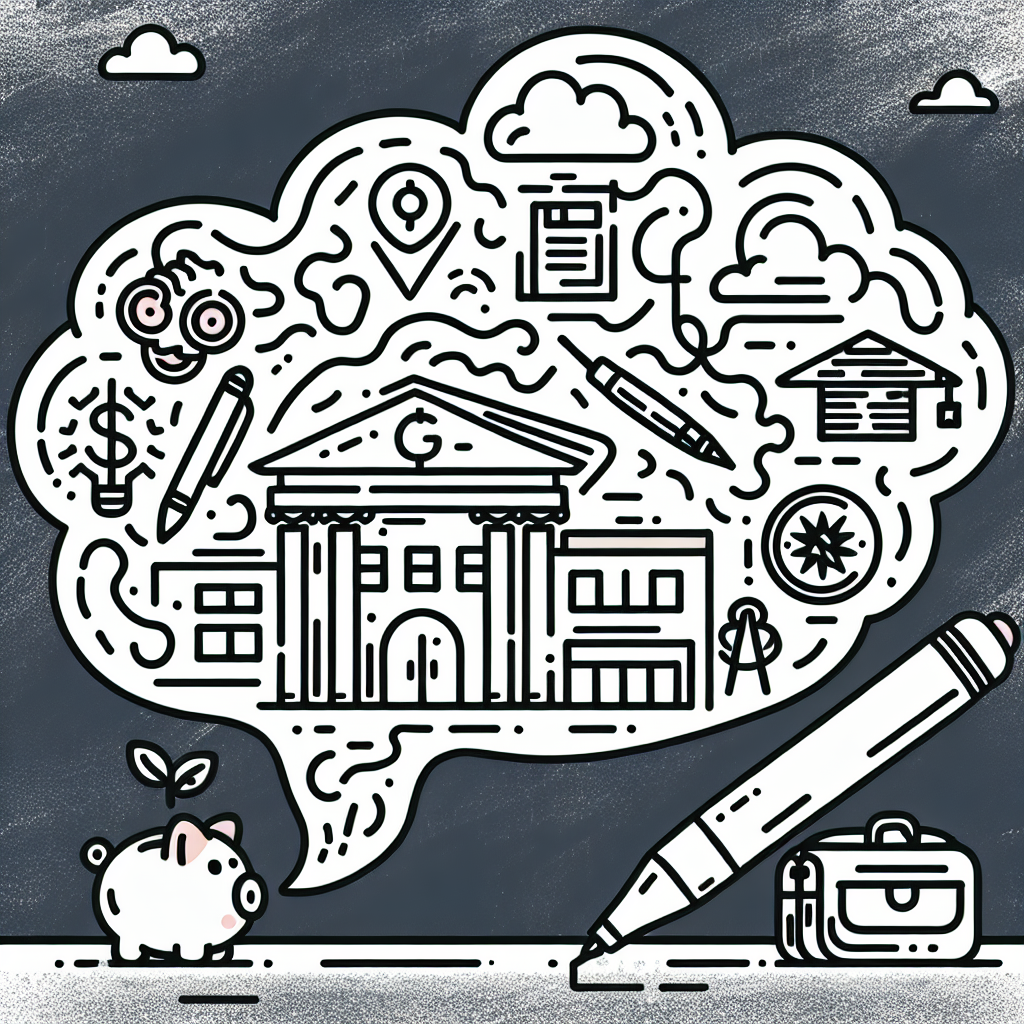Overview: The Prestige and Selectivity of Stanford
Stanford University is widely recognized as one of the most prestigious academic institutions in the world. It consistently ranks among the top universities globally, known for its rigorous academics, groundbreaking research, and influential alumni network.
When considering the question of how hard is it to get into Stanford, the numbers speak volumes. The university maintains an acceptance rate that typically falls below 4%, placing it among the most selective colleges in the United States. In some recent admissions cycles, the rate has dipped as low as 3.68%, underscoring the intense competition faced by applicants.
Stanford employs a holistic admissions process. This means that, beyond strong grades and test scores, the university evaluates applicants based on a broad range of factors. These include extracurricular achievements, leadership roles, personal essays, letters of recommendation, and demonstrated character. Academic excellence is essential, but Stanford also looks for students who show intellectual vitality, initiative, and a capacity to contribute meaningfully to the campus community.
Understanding how hard is it to get into Stanford requires recognizing both its unmatched prestige and the comprehensive nature of its admissions evaluation.

Admissions Data Snapshot
When asking "how hard is it to get into Stanford," the numbers speak volumes.
Acceptance Rates
Stanford is one of the most selective universities in the world. For the Class of 2025, the university admitted just 2,190 students out of 55,471 applicants, resulting in an acceptance rate of 3.95% (Crimson Education). The following year, the Class of 2026 faced an even more competitive admissions process, with a record-low acceptance rate of 3.68% from a pool of 56,378 applicants (AdmissionSight).
Standardized Test Scores
Standardized test scores for admitted students further highlight how hard it is to get into Stanford. The middle 50% SAT score range for the most recent admitted classes is between 1510 and 1580. For the ACT, the middle 50% range is 34 to 35 (U.S. News). These scores place admitted students in the top percentiles nationally.
GPA Benchmarks
In addition to exceptional test scores, successful Stanford applicants typically report an unweighted GPA of 3.94 or higher (Wikipedia). This benchmark reflects a consistent record of high academic achievement throughout high school.
Taken together, these data points illustrate just how hard it is to get into Stanford.

📈 Application Trends and Implications
One key reason why the answer to how hard is it to get into Stanford continues to be "very hard" is the steady increase in application volume. Each year, Stanford receives tens of thousands of applications from highly qualified students, making the admissions process increasingly competitive. As more applicants vie for a limited number of spots, the acceptance rate continues to drop.
Despite the larger pool of applicants, Stanford maintains a relatively small class size. This limited capacity, combined with the university’s low yield protection policies, means that even exceptionally strong candidates may be denied admission. The university prioritizes building a well-rounded class, which often leads to difficult decisions by the admissions committee.
Additionally, the shift toward test-optional policies has introduced new dynamics. While submitting standardized test scores is no longer mandatory, academic excellence still plays a central role in Stanford’s selection process. Applicants are now placing greater emphasis on other parts of their application, such as coursework rigor, grades, extracurricular achievements, and personal essays, to demonstrate their readiness for Stanford’s academic environment.
Ultimately, these trends underscore why getting into Stanford remains extremely difficult.

🧠 Holistic Admissions: Beyond the Numbers
When asking how hard is it to get into Stanford, it’s important to understand that the university doesn’t rely solely on grades and test scores. Instead, Stanford uses a holistic review process that evaluates each applicant across a wide range of factors.
Academic rigor and performance are essential, but they are only part of the picture. Stanford also considers extracurricular involvement, leadership ability, and demonstrated initiative. Applicants who show unique talents or deep passions in specific areas may stand out, even if their academic metrics are similar to others in the applicant pool.
Essays and Personal Statements
Essays play a critical role in Stanford’s admissions process. They are a chance for applicants to reveal their individuality, resilience, and intellectual vitality. A compelling personal statement can provide context to an applicant’s experiences and motivations, helping the admissions committee see the person behind the application.
Letters of Recommendation
Strong letters of recommendation can significantly influence the outcome. Stanford values endorsements that are specific and detailed, especially when they come from teachers or counselors who can speak to the applicant’s character, academic potential, and personal growth over time.
By considering the whole applicant rather than just numbers, Stanford’s holistic admissions approach underscores just how competitive and nuanced the process is (Wikipedia).

🏅 What Sets Successful Applicants Apart?
Intellectual Curiosity
One of the defining traits of students who overcome the challenge of getting into Stanford is a strong intellectual curiosity. Admissions officers look for applicants who exhibit a genuine love of learning—a drive that goes beyond grades or test scores. This can be shown through independent research, participation in academic competitions, or deep engagement with subjects of interest. Stanford values students who are excited by ideas and who seek knowledge for its own sake.
Impact and Initiative
Another trait that distinguishes successful applicants is a track record of initiative and meaningful impact. This could be in academics, extracurricular activities, or community involvement. Whether it's founding a club, leading a community project, or contributing to scientific research, Stanford seeks students who don’t just participate—they lead and create change. These accomplishments demonstrate a capacity to make a difference, a quality the university highly values.
Authenticity
Authenticity is critical in an application to Stanford. The admissions team looks for students who present a real and consistent story across their essays, recommendations, and activities. Rather than tailoring their application to what they think the university wants, successful applicants are honest about their interests, goals, and values. This authenticity allows Stanford to see who the student truly is and how they would fit into the campus community.
Understanding how hard it is to get into Stanford means recognizing that academic excellence alone isn't enough. The students who stand out are intellectually curious, take initiative, and remain true to themselves throughout the application process.

Tips for Prospective Applicants
Understanding how hard it is to get into Stanford means recognizing the importance of preparation and strategy. Here are a few tips to help prospective applicants strengthen their chances:
Start Early
Begin building your academic and extracurricular profile early in high school. Stanford looks for students who have consistently challenged themselves with rigorous coursework and have demonstrated sustained commitment to activities outside the classroom. Early preparation allows time to develop leadership roles, pursue meaningful projects, and achieve academic excellence.
Be Strategic
Tailor your application to reflect the qualities Stanford values, such as intellectual vitality, leadership potential, and personal context. Use your essays to tell a compelling story that connects your achievements, goals, and motivations. Each part of your application should work together to present a cohesive narrative that aligns with Stanford’s mission.
Diversify Strengths
Stanford seeks well-rounded individuals with depth in specific areas. While strong academics are essential, applicants should also show personal traits like resilience, creativity, or initiative. Combining academic success with unique interests or impactful experiences can set an applicant apart in a competitive pool.
Seek Feedback
Don’t go through the application process alone. Work with school counselors, teachers, or mentors who can provide insights and help you polish your application. Getting feedback on your essays and overall strategy can help you avoid common pitfalls and present your strongest possible case.
Recognizing how hard it is to get into Stanford, these tips can help applicants approach the process with clarity and purpose.

Final Thoughts: Is It Really That Hard?
Yes — getting into Stanford is hard, but it's not impossible. With an acceptance rate that typically hovers below 5%, Stanford ranks among the most selective universities in the world. However, that doesn't mean admission is out of reach.
Stanford looks for more than just high GPAs and top test scores. Successful applicants often pair academic excellence with compelling personal narratives and experiences that show initiative, leadership, and impact. Whether it's launching a nonprofit, conducting original research, or overcoming significant adversity, the strongest candidates demonstrate depth, authenticity, and a clear sense of purpose.
So, how hard is it to get into Stanford? Very — but with the right combination of achievements and character, it's certainly within reach.

📚 Citations
- Crimson Education - Stanford Acceptance Rate: Offers detailed analysis on Stanford's declining acceptance rates and competitive applicant pool.
- U.S. News - Stanford Admissions: Provides current admissions data, including GPA, SAT/ACT expectations, and general advice on how hard it is to get into Stanford.
- Wikipedia - Stanford University: Offers a broad overview of Stanford’s history, selectivity, and academic reputation, helping to contextualize how hard it is to get into Stanford.
- AdmissionSight - Stanford Acceptance Trends: Discusses recent trends in Stanford's admissions rates and what they reveal about how hard it is to get into Stanford.














